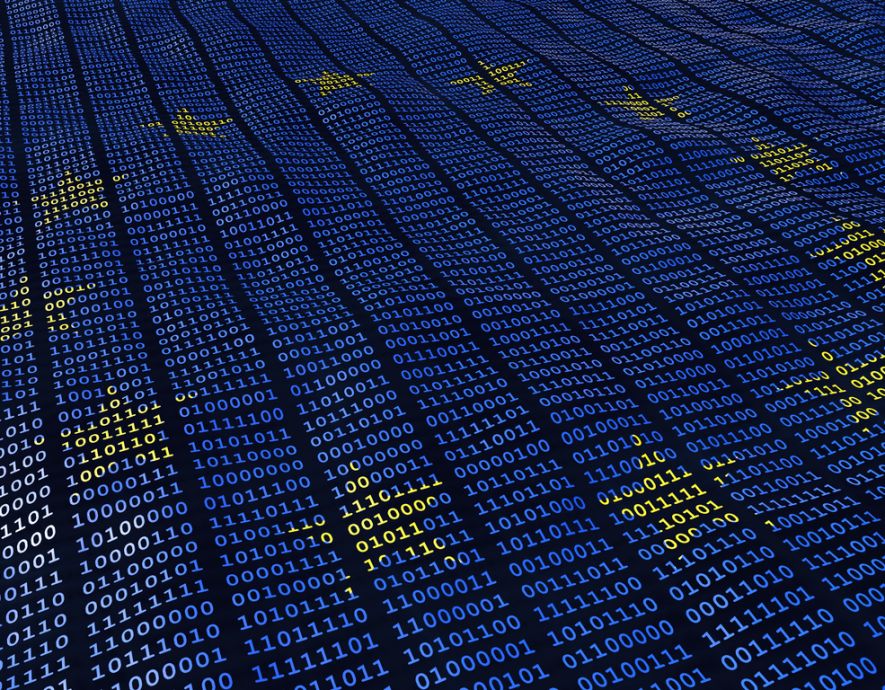
- Home
- Digital transformation
- Predictive analytics in cybersecurity: myth or reality?
Predictive analytics in cybersecurity: myth or reality?


Companies are finally using a technology that predicts data breaches before they happen — predictive analytics. Like a radar, telling you when an enemy is approaching, predictive analytics is used to try to determine when and where attacks may occur. This technology strengthens companies’ defenses and helps them maneuver attacks more intricately. Here is a breakdown of how predictive analytics works in cybersecurity.
Predictive analytics, what is it ? : it uses analysis of past events to predict future trends or events. IT specialists can use it to identify risks and inform defenses or security protocols. The field of cybersecurity is constantly evolving, and new threats emerge daily as more technologies arise. Businesses must stay up to date with these changes by analyzing past data. This helps them understand the security risks of current systems and what measures they can take to mitigate them.
Predictive analytics makes a significant difference in cybersecurity since a key part of it is prediction. Organizations can use it to assess the likelihood of different scenarios and try to prevent threats before they happen.
A huge benefit of predictive analytics in cybersecurity is that it can make multiple predictions and determine the most likely outcome of the scenario. The set of variables it uses to make predictions include historical data, user behavior and external factors.
How It Detects Threats
Security analytics helps organizations detect threats by identifying indicators of malicious behavior. Gathering enough information from past breaches, phishing attacks and malware lets the systems identify when they arrived.
In other words, security systems can spot cybersecurity threats when criminals make enough attempts. That’s because their activity circulates and makes it easy to detect threats as soon as they turn up.
How can predictive analytics be applied in cybersecurity?
There are three ways companies can apply this technology and enhance cybersecurity :
1. Sound the alarm
Cybersecurity requires a proactive approach to catching cybercriminals. Predictive analytics doesn’t only notify you where cybercriminals attacked. It also enables you to tell where they’re likely to hit next, where you’re vulnerable and how well-prepared you are to counter the attack.
Leveraging your analytics lets you successfully map all the patterns and get down to the pertinent details. That way, you’re more prepared for the next attempt.
2. Manage vast amounts of data
One primary challenge for a cybersecurity solution is handling large pools of data. This can be challenging to sift through, process and analyze on your own. Predictive analytics does this for you.
The more inputs you have, the clearer the picture becomes. Therefore, you can make predictions more accurately.
3. Automate IT workloads
Predictive analytics and machine learning are helping cybersecurity teams manipulate data and provide crucial insights. This takes most of the pressure off IT departments since 52% of businesses reported that their IT specialists spend too much time collecting data manually.
You still need an expert to interpret findings, but most of the work of gathering data and compiling reports is already done. Therefore, the IT department can focus on identifying potential threats and make moves fast to secure the system.
How effective is predictive analytics?
This all sounds great — using the past to predict the future, stopping cyber criminals in their tracks — but is it truly possible today?
Yes and no. Predictive analytics is certainly useful in cybersecurity today but it’s far from perfect. One challenge is that it mainly learns from past attempts; if cybercriminals attempt a new type of attack, and are successful on the first try, then predictive analytics won’t be able to do much to prevent it because it doesn’t have the necessary experience and learning.
Similarly, predictive analytics does give you the most common tactics hackers used in the past, but it doesn’t always prepare you for what they could use next. Therefore, it can’t yet put an official end to cyberattacks.
Additionally, security teams must be careful when implementing predictive analytics. Predictions may be inaccurate if incorrect data is used to train the model. As a result, this framework can over- or underestimate risk and may cause security missteps.
Still, the technology has huge potential and is improving each day. Like all new tech, predictive analytics has heavy system requirements, like various large data sets. However, cybersecurity companies are working with analytics firms to smooth out the kinks.
The future of predictive analytics in cybersecurity
The best results of predictive analytics in cybersecurity will require the correct training data, and a lot of it. However, cybersecurity and analytics companies combine machine learning with predictive analytics to use this technology to its fullest potential.
Once machine learning collects enough training data, security systems can use predictive analytics to deliver more accurate results. This will enable cybersecurity teams to remove their current blacklist strategy and detect threats with more confidence.
Along with predictive analytics, companies will also use hacker bots. Hacker bots can detect problems within a system efficiently and quickly identify bugs faster than humans. This automation will replace slow and inefficient manual processes in the future. Predictive analytics is the best solution for now, but it will keep developing into a more effective technology.
Threat anticipation
Predictive analytics is helping companies work faster to mitigate risks and prevent attacks. It could still use development and further training, but it solves the issue of identifying areas of vulnerability and where you must take preventive measures.
Predictive analytics is evolving in cybersecurity and will enhance it even further. For now, it’s best to look for the latest technological advancements to keep intelligent hackers at bay.
the newsletter
the newsletter



